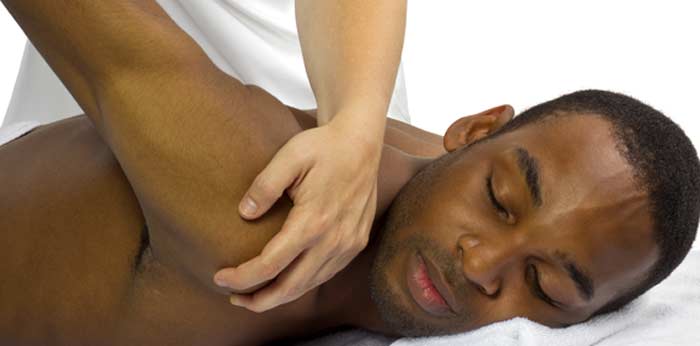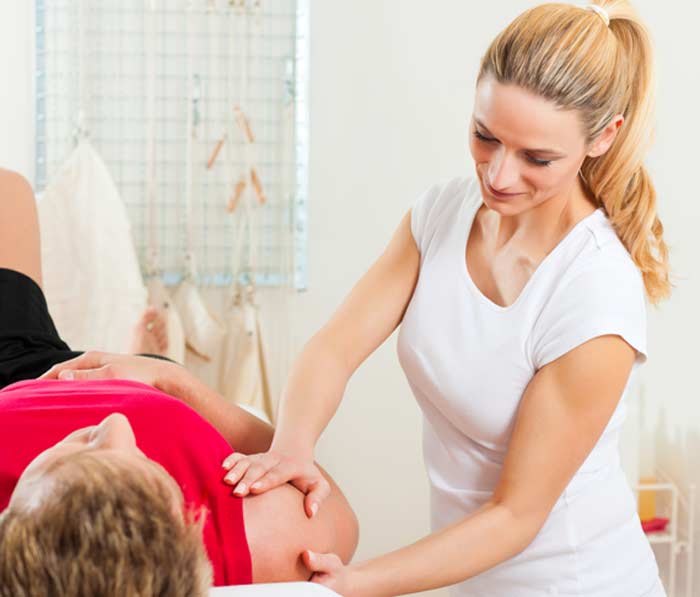
Rehabilitation is what takes place after an injury, illness, or surgery.
Oftentimes, the reason for rehab is to restore function to the affected area, improve mobility and range of motion, and allow for a successful and safe return to regular activities.
The specific methods used during rehabilitation and the types of physical therapy and related techniques recommended will vary based on individual patient abilities, needs, and goals.
Physical Therapy Exercises
A big part of rehabilitation for orthopedic purposes is physical therapy. With exercises, it’s common to focus on core muscle groups that provide support to joints and various parts of the spine. Stretching routines are often included in the PT part of rehab to promote flexibility, range of motion, and increased mobility. Some rehab programs target key muscle groups with stationary bike or elliptical trainer routines, while others include:
- Water-based exercises
- Gentle forms of exercise like yoga and Pilates
- Low-impact aerobics
- Postural exercises


Pain Management
If it is difficult to perform certain tasks that are part of a rehabilitation plan, treatment may be enhanced with pain management techniques. Massage therapy, for example, may help with rehabilitation by relaxing essential muscle groups, relieving tension in tendons and ligaments, and improving joint flexibility in a way that’s gentle and safe. Specifically, massage therapy may be combined with rehab for sprains and strains, arthritis, back and neck pain, muscle spasms and spasticity, fibromyalgia, and sports-related injuries.
Occupational Therapy
When rehabilitation that includes occupational therapy (OT), treatment is primarily focused on helping individuals with some type of physical, cognitive, or sensory impairment or disability to regain their independence as much as possible. OT also places an emphasis on regaining the ability to perform daily activities.
For some patients, this means being able to get out of bed without and perform self-care routines such as dressing and bathing independently. For other individuals, it could mean being able to safely go up and down steps. As with PT, OT begins with a patient assessment that takes into account what limitations a patient current has because of their condition. The recommended OT-based treatments that come out of patient assessments may involve:
- The use of assistance devices, as necessary
- Work reintegration training
- Home management training
- Wheelchair management
- Upper body training
- Neuromuscular re-education
- Therapeutic activities
